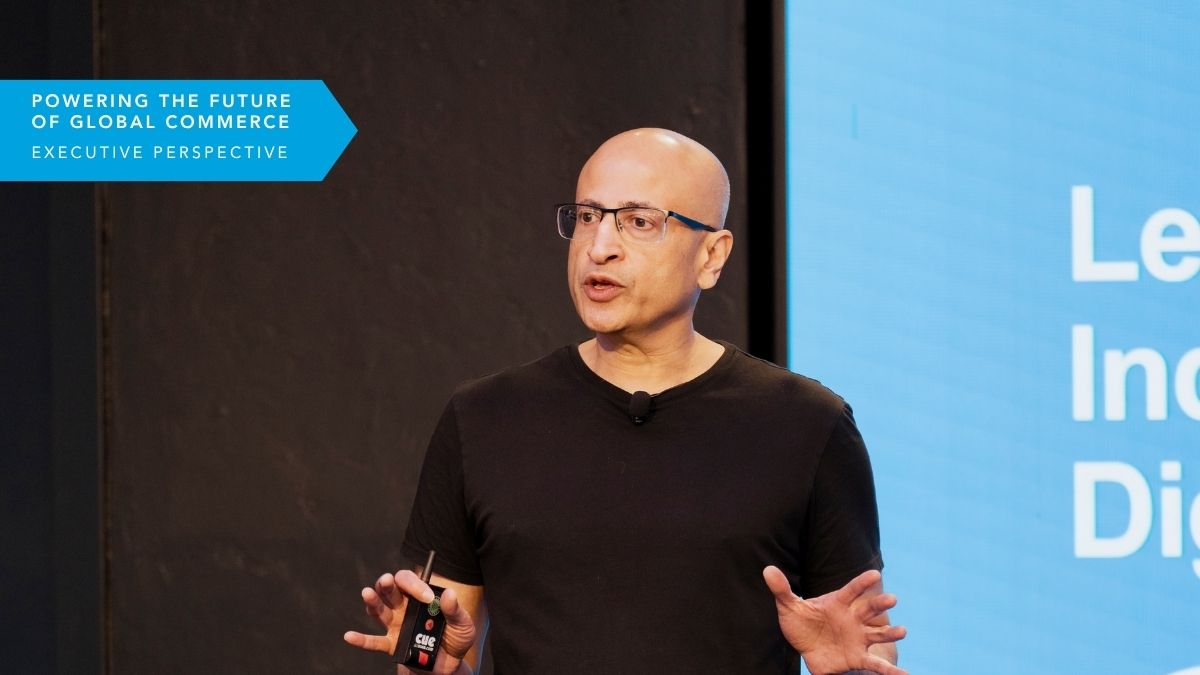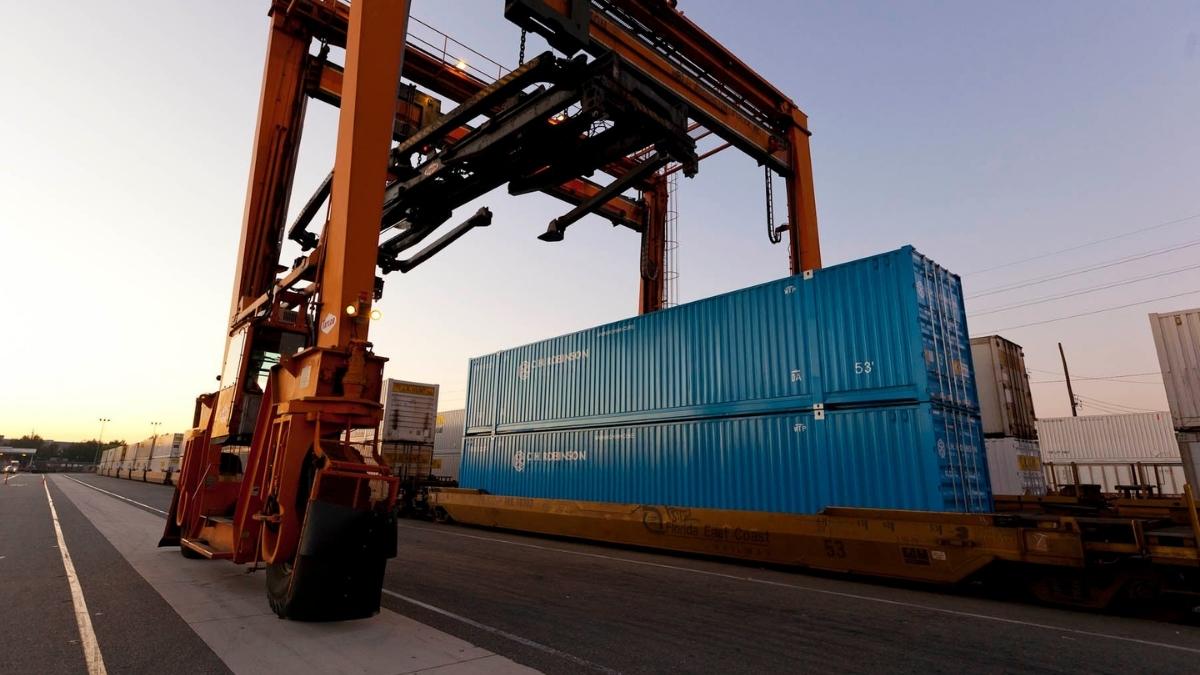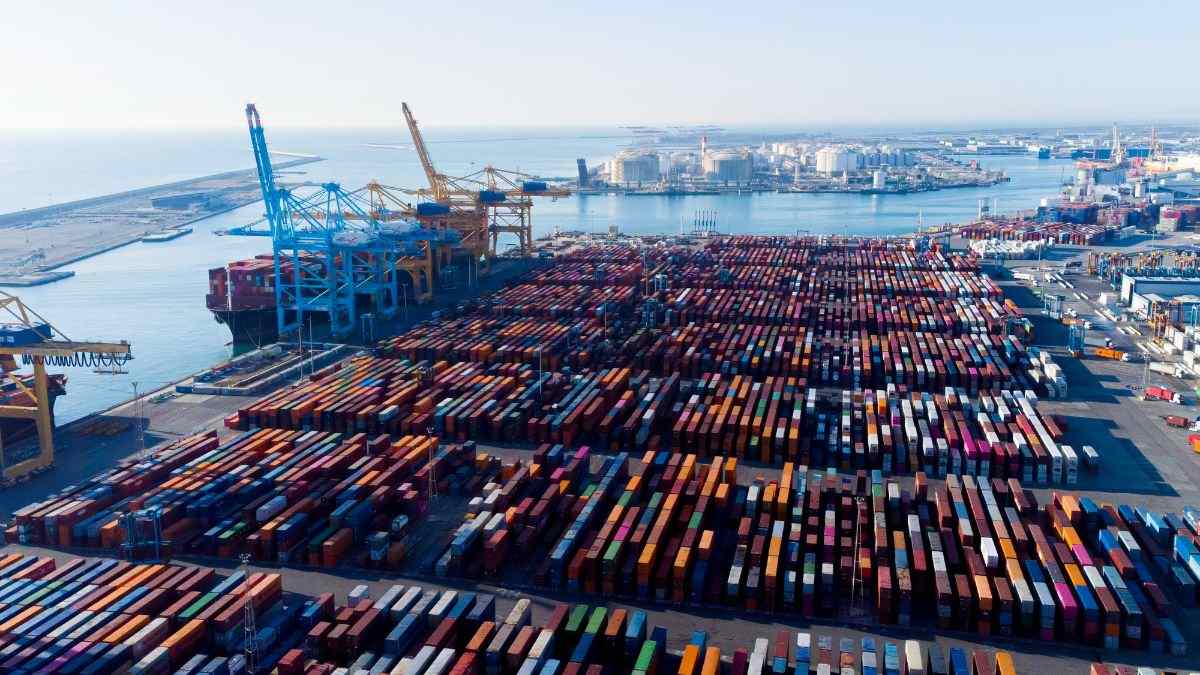
If you’re a shipper today, you’re being asked to do more with less. Tighter margins, higher expectations, and constant disruption are the new normal. Whether you’re shipping auto parts, consumer goods, or anything in between, your success depends on one thing: how well you control your network.
At a recent Automotive Logistics Global conference, I joined a panel of supply chain leaders to discuss what’s working and what’s next in building connected, resilient supply chains. We explored how Control Towers™, digital twins, and artificial intelligence (AI) are converging to reshape logistics decision making.
Over the last fifteen years at C.H. Robinson, I’ve seen firsthand how these technologies—when paired with the right processes and people—create visibility, speed, and scalability across even the most complex networks. These innovations are already transforming how supply chains operate, but success depends on how effectively you apply them.
Here are a few best practices to help shippers turn potential into performance:
Start with centralizing your data
Before investing in any kind of digital solution, it’s crucial to have a plan for integration. This will allow alignment up front to ensure the solution brings the greatest ROI. Next, bring data and processes together for a single source of truth across the supply chain. Without that foundation, even the most advanced AI tools or predictive models will struggle to deliver meaningful results.
That’s where Control Towers come in. The concept isn’t new—but what’s changed is how powerful they’ve become. Leading solution providers build supply chain orchestration through Control Tower networks. They're not just a dashboard, but a strategic command center, physical or digital, that connects disparate systems, aligning operations to business goals. It is the connective tissue between your data and your execution arm. The best Control Towers don’t just show what’s happening, they enable proactive management, automating routine transactions, and connecting all the data feeds to surface insights that drive business outcomes.
In practice this might mean automotive manufacturers leveraging Control Towers to monitor part flows from Tier-1 suppliers to assembly lines, preventing costly shutdowns. Retailers could similarly use them to forecast inventory shifts ahead of seasonal peaks. Across industries, the value is the same: faster decisions, fewer silos, and a clearer view of the levers that move your business forward.
A robust Control Tower also lays the groundwork for what’s next. With the rise of AI and digital twin technologies, the data and visibility that once powered simple reporting can now drive prediction and optimization. New reasoning models with PhD-level understanding of complex sciences allow for virtual model of your supply chain that lets you run scenarios like alternative sourcing strategies, disruption modeling, and more, allowing you to predict outcomes and optimize performance and lower your total landed cost. It’s a glimpse of an exciting future where supply chains don’t just react to change, but anticipate it.

Leverage AI to unlock speed, productivity, and innovation
Artificial intelligence is transforming logistics, and for shippers, the opportunity has never been greater. Agentic AI enables faster decisions, predictive insights, and productivity gains that scale across every mode, market, and function. It can analyze patterns across millions of data points, predict potential disruptions, and even trigger the right actions automatically, freeing up teams to focus on strategic priorities. Together, humans and AI both refine the process, thus lessening waste and increasing throughput. Across industries, the result is the same: faster execution, sharper visibility, and more informed decision-making.
Of course, realizing these gains requires the right foundation. AI systems are only as strong as the data that powers them—which is why data quality and standardization are essential. During our recent panel discussion, industry leaders agreed: without clean, connected data, automation can’t scale and AI can’t learn. Investing in harmonized data today is what unlocks tomorrow’s automation, enabling intelligent systems that continuously refine and improve over time.
There’s no one-size-fits-all approach to adopting AI. Some organizations may develop their own capabilities in-house, while others will partner with a technology provider to accelerate innovation and scalability. What matters most is building an ecosystem that fits your business model and maturity, and has the flexibility to adapt with the market and as your business evolves.
At C.H. Robinson, we’ve seen firsthand how AI can move from theory to tangible impact with reduction of total landed costs for our customers with our fleet of over 30 agentic AI systems that power our Always-On Logistics Planner. This premium, AI-powered service experience pairs intelligent automation with human expertise to deliver 24/7 execution with end-to-end orchestration across the shipment lifecycle. It’s one example of how AI can create meaningful impact today—reducing cycle times, enhancing customer experience, and surfacing strategic insights that supercharge supply chain strategy.
Prioritize quality, standardized data
Technology without standardization is just complexity at scale. One of the biggest pitfalls I see is companies deploying technology without standardizing their processes. If every process requires ten different “if–then” statements, automation breaks down. The magic happens when you unify your technology platform and harmonize your processes, at the regional and global level.
At C.H. Robinson, we leverage our proprietary TMS and also have the ability to integrate with other providers, but we also integrate seamlessly with customer systems, proving the principle is universal: unify your data, standardize your operations, and empower your teams to focus on what really matters.
But none of that works without clean, trustworthy data. As one of my fellow panelists from the event said, “Cleanse the data, make it right, and your digital twin will work better.” I couldn’t agree more; invest in data quality and integration today, and you’ll be ready for the advanced analytics of tomorrow.
The bottom line: measure what matters
The future of logistics is data-driven, automated, and human-centered. Align investments with clear ROI and business outcomes, whether that’s speed, quality, or something else. With the right partner and technology, every shipper can stay ahead of what’s next. With seven global Control Towers and a flexible portfolio of 4PL, 3PL, and TMS services, C.H. Robinson is helping shippers modernize their supply chains through intelligent logistics.
Connect with us


